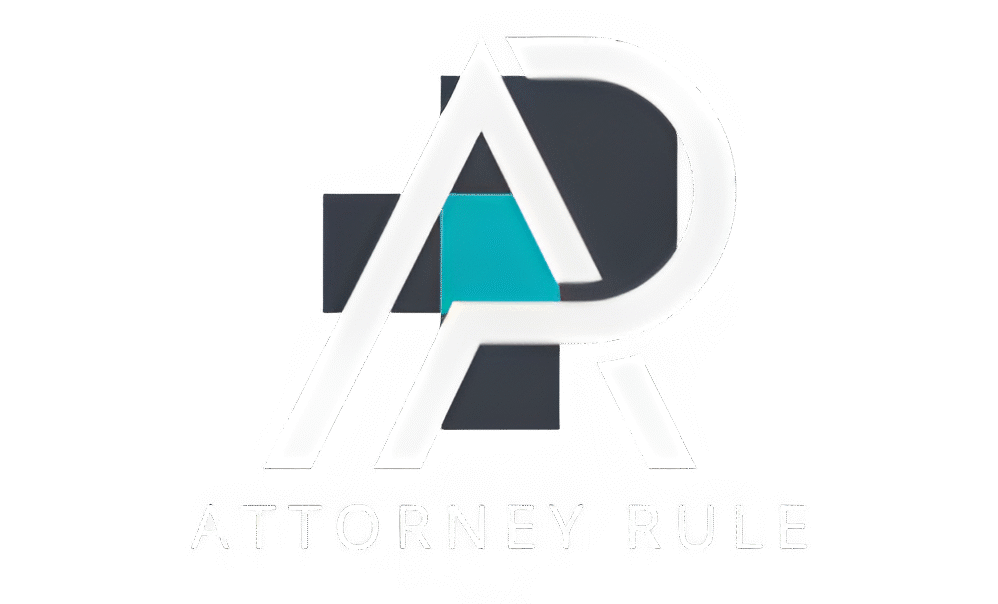The Credit One Bank lawsuit settlement has become a major topic of interest for consumers across the United States, especially those who may have received unwanted or automated calls from the bank. The case revolves around alleged violations of federal consumer protection laws—specifically the Telephone Consumer Protection Act (TCPA)—and could mean money back for certain affected individuals.
If you’ve ever received repeated robocalls from Credit One Bank or collection agents working on its behalf, you may be part of the class of consumers eligible for compensation. Here’s a full breakdown of what’s happening, who qualifies, and how the case fits into a growing wave of class action settlements against financial institutions.
What Is the Credit One Bank Lawsuit Settlement About?
At the center of this lawsuit are allegations that Credit One Bank or its third-party collection agencies used automated dialing systems or prerecorded voice messages to contact consumers without proper consent.
Under the Telephone Consumer Protection Act, companies are prohibited from using automatic dialing systems or prerecorded messages to call a person’s cellphone unless they have given explicit, prior consent. Violating that rule can result in fines of up to $500 per call—or up to $1,500 per call if the violation is willful or knowing.
According to court filings and settlement discussions reported by multiple outlets, the bank was accused of making thousands of such calls between 2014 and 2019. Many of these calls were directed at people who either did not have accounts with Credit One Bank or who had already told the company to stop contacting them.
After years of litigation, Credit One Bank agreed to a proposed $14 million settlement to resolve the claims. While the bank continues to deny any wrongdoing or liability, the settlement allows it to avoid the uncertainty and cost of a full trial while offering some relief to affected consumers.
What Does the Settlement Include?
The Credit One Bank lawsuit settlement creates a fund of approximately $14 million to pay eligible claimants, attorneys’ fees, and administrative costs. While final approval is still pending, here’s what the proposed structure looks like:
-
Individual Payouts: Eligible class members may receive up to $1,000 each, depending on how many people file valid claims and the documentation provided.
-
No Proof of Purchase Needed: You do not need to have paid Credit One Bank any money to qualify; however, you may need to show that you received the calls in question.
-
No Admission of Fault: As with most class action settlements, Credit One Bank has not admitted to violating the law. This is a “no-fault” resolution designed to close the case without a trial.
-
Attorney and Administration Costs: A portion of the total fund will go toward legal fees, settlement administration, and notification costs.
While the final amounts each participant will receive depend on how many people submit claims, settlements like this often result in payments ranging from $100 to $500 per claimant.
Who Qualifies for the Settlement?
If you think you might qualify for the Credit One Bank lawsuit settlement, here are the likely requirements (based on class action guidelines and reports about the case):
-
You received one or more automated or prerecorded calls from Credit One Bank or a related entity between 2014 and 2019.
-
You did not give explicit consent to be contacted using an autodialer or prerecorded voice.
-
You were called on a cellphone rather than a landline (TCPA protections are strongest for wireless numbers).
-
You are not an employee or agent of Credit One Bank and have no conflict of interest in the case.
When the claims portal officially opens, you’ll be able to check eligibility using your phone number. In similar settlements, class administrators cross-reference phone records to confirm whether a number was part of the call lists used by the defendant.
How to File a Claim
If the settlement receives final approval, a claim website will be set up where eligible class members can submit claims. Here’s the general process you can expect:
-
Receive or Find Notice: You may get a notice by email or mail if your number appears on Credit One’s call list. You can also visit the official settlement website once it’s live.
-
Complete the Claim Form: You’ll need to enter your name, contact information, and possibly your phone number(s) that received the calls.
-
Provide Supporting Information: Some claims may ask for call records or other evidence. In many cases, though, you only need to verify that the number is yours.
-
Submit Before the Deadline: Deadlines vary but are typically 60–90 days from when notice is sent. Missing it means you won’t receive payment.
-
Wait for Approval: After claims are reviewed and approved, payments are usually distributed by check or direct deposit within a few months.
You don’t need a lawyer to file a claim—participation is open to anyone who meets the eligibility criteria.
Why the Lawsuit Matters
This lawsuit is part of a larger trend of consumers standing up against unwanted and intrusive calls from financial institutions, debt collectors, and telemarketers. The TCPA was created to protect people from exactly this type of harassment, but enforcement depends largely on class action cases like this one.
The Credit One Bank lawsuit settlement reinforces that companies must follow federal laws when contacting consumers. Automated calls may be efficient for businesses, but they can cross legal lines when consent is ignored or when calls target the wrong people.
For consumers, the case also serves as a reminder that you have rights:
-
You can revoke consent to automated calls at any time by telling a company to stop.
-
You can sue or join a class action if a company continues to call you after you’ve opted out.
-
You can register your number on the National Do Not Call list to prevent unsolicited calls from telemarketers.
Common Questions About the Settlement
Will I definitely get $1,000?
Not necessarily. The “up to $1,000” figure is the maximum possible payment. Actual payments depend on the number of valid claims and administrative costs deducted from the total fund.
Do I need proof of the calls?
In most cases, the settlement administrator will verify eligibility based on phone records Credit One Bank provides. But having your own call logs or screenshots can strengthen your claim.
What happens if I do nothing?
If you don’t file a claim, you won’t receive any money, but you’ll still give up your right to sue Credit One Bank separately over these same allegations.
When will payments go out?
That depends on when the court gives final approval. If approval happens in late 2025, payments might start within the following few months.
What It Means for Consumers
The Credit One Bank lawsuit settlement is more than just another class action—it’s a reflection of how consumer privacy is being redefined in the digital era. Automated calls and texts have become a major source of frustration for Americans, and each settlement like this one pushes the financial industry toward better compliance and more transparent communication practices.
For Credit One Bank, this case may serve as a costly reminder of how crucial it is to maintain robust consent management systems. For consumers, it’s another sign that standing up to unwanted contact can lead to real financial and legal consequences for companies that overstep.
If you’ve been bombarded with robocalls from Credit One Bank or similar lenders, stay alert for updates about the settlement website, deadlines, and instructions. A few minutes of your time could lead to meaningful compensation—and, hopefully, fewer unwanted calls in the future.

